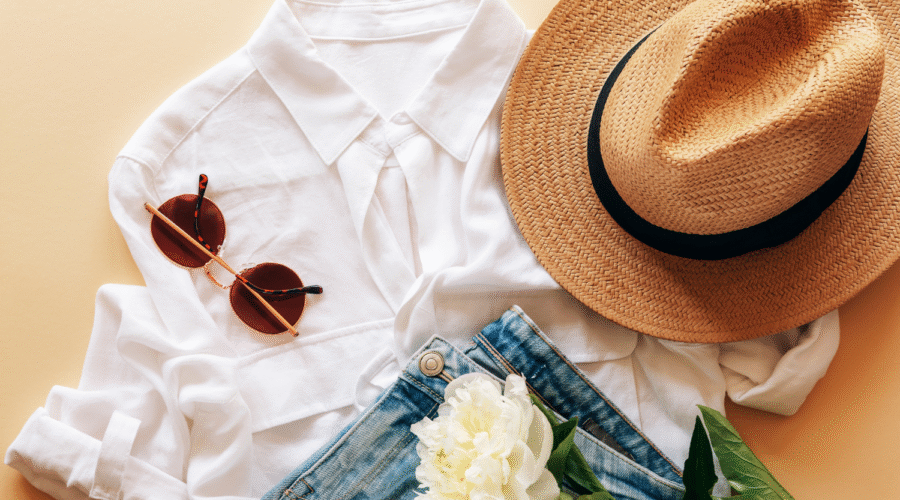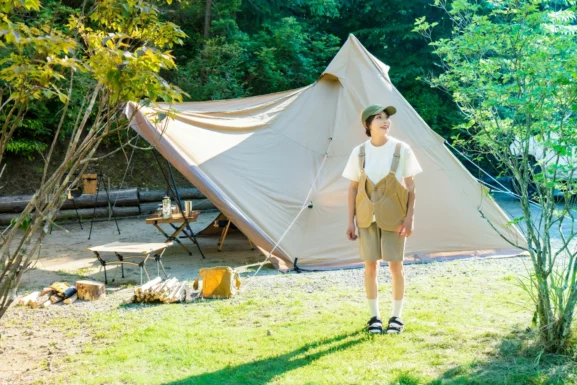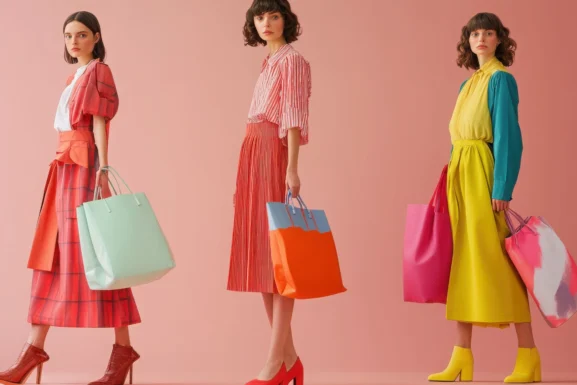Old Money Outfits That Define Classic Timeless Style
The old money aesthetic has taken social media by storm, captivating fashion enthusiasts with its understated elegance and timeless appeal. Unlike flashy designer logos or trendy pieces, old money outfits embody quiet luxury through quality fabrics, classic silhouettes, and effortless sophistication. If you’ve ever wondered how to achieve that coveted old money style without breaking the bank, this comprehensive guide will show you exactly how to curate a wardrobe that exudes inherited elegance and refined taste.
The Old Money Aesthetic
Old money style represents the fashion sensibilities of established wealthy families who value tradition, quality, and subtlety over ostentatious displays of wealth. This aesthetic draws inspiration from preppy East Coast culture, British aristocracy, and timeless European elegance.
The philosophy behind old money fashion centers on investment pieces that transcend seasonal trends. Rather than following fast fashion cycles, old money style emphasizes building a capsule wardrobe of high-quality basics that can be mixed, matched, and worn for years without looking dated. The key is choosing pieces that whisper wealth rather than shout it.
This approach to dressing reflects values of sustainability, sophistication, and confidence that comes from knowing you’re wearing something beautifully crafted rather than simply expensive. The old money aesthetic celebrates the art of looking effortlessly put-together while maintaining an air of nonchalant elegance.
Essential Old Money Wardrobe Pieces
Classic Blazers and Tailored Jackets
The foundation of any old money wardrobe is a collection of well-tailored blazers in neutral colors. Navy blazers, tweed jackets, and cream-colored sport coats are staples that can elevate any outfit from casual to sophisticated. Look for structured shoulders, quality buttons, and fabrics like wool, cashmere, or linen depending on the season.
A perfectly fitted blazer transforms simple pieces like white button-down shirts and straight-leg trousers into polished ensembles suitable for country club brunches or gallery openings. The investment in quality tailoring pays dividends in both longevity and the confidence that comes from knowing your clothes fit impeccably.
Timeless Knitwear
Cashmere sweaters, cable-knit cardigans, and fine wool pullovers form the comfortable luxury core of old money style. These pieces should feel substantial without being bulky, with colors focusing on cream, navy, camel, and soft pastels.
The beauty of quality knitwear lies in its versatility. A cashmere sweater draped over the shoulders adds instant sophistication to a simple dress, while a well-fitted cardigan can make jeans look refined and intentional.
Quality Trousers and Skirts
Old money bottoms emphasize clean lines and classic cuts. Think wide-leg trousers, pleated pants, A-line skirts, and tailored shorts in premium fabrics. Avoid anything too tight or trendy – the goal is elegant comfort that moves gracefully with your body.
Neutral colors like khaki, navy, white, and cream allow these pieces to work seamlessly with the rest of your wardrobe while maintaining that effortless, coordinated look that defines old money style.
Color Palette and Fabric Choices
The Old Money Color Scheme
The old money palette draws from nature and traditional settings: cream, ivory, navy blue, forest green, burgundy, camel, and soft pastels. These colors work harmoniously together, making it easy to create cohesive outfits without much thought.
Avoid neon colors, overly bright hues, or anything that demands attention. The old money aesthetic is about blending in beautifully rather than standing out dramatically. Even when incorporating patterns, stick to classic options like stripes, plaids, or subtle florals in muted tones.
Premium Fabric Selection
Fabric quality distinguishes genuine old money style from imitations. Natural fibers like cotton, wool, cashmere, silk, and linen not only look better but also age gracefully and feel luxurious against the skin.
These premium materials drape better, hold their shape longer, and develop character over time rather than simply wearing out. While the initial investment may be higher, quality fabrics prove more economical long-term and align with the old money values of sustainability and timeless appeal.
Styling Tips for Authentic Old Money Looks
The Art of Effortless Layering
Old money style mastery lies in creating looks that appear effortlessly assembled. This means understanding how to layer pieces in ways that look natural and unforced. A silk scarf tied loosely around the neck, a cardigan casually draped over shoulders, or a blazer worn with sleeves pushed up slightly all contribute to that coveted nonchalant elegance.
The key is making it look like you grabbed pieces from your closet without much thought, even though you’ve carefully considered each element. This requires having a wardrobe where everything coordinates naturally, making thoughtless combinations actually quite thoughtful.
Old money accessories focus on quality over quantity. A simple pearl necklace, classic watch, leather handbag, and silk scarves are investment pieces that elevate any outfit. Choose accessories in classic styles that won’t date quickly.
Avoid logo-heavy pieces or anything too flashy. The old money approach to accessories is about subtle enhancement rather than statement-making. Think heirloom jewelry that could have been passed down through generations, even if you bought it yourself.
Grooming and Styling Details
The old money look extends beyond clothing to encompass overall presentation. Hair should look polished but not overly styled – think sleek bobs, low ponytails, or natural waves. Makeup, if worn, should enhance rather than transform, focusing on a healthy, natural glow.
Manicured nails, good posture, and attention to grooming details all contribute to the overall impression of someone who has always had access to the best of everything.
Shopping Strategies for Old Money Style on Any Budget
Investment vs. Budget-Friendly Options
Building an old money wardrobe doesn’t require unlimited funds if you shop strategically. Identify which pieces deserve investment – blazers, coats, and bags typically benefit from higher quality – and where you can save money without sacrificing the overall aesthetic.
Vintage and consignment shopping often yields authentic old money pieces at fraction of original prices. Many classic styles from decades past align perfectly with the old money aesthetic and offer better quality than contemporary fast fashion alternatives.
Building Your Wardrobe Gradually
Approach old money style as a long-term wardrobe investment rather than a complete overhaul. Start with versatile basics in neutral colors that work with pieces you already own, then gradually add complementary items.
This methodical approach aligns with old money values while being financially practical. Focus on building a cohesive color palette first, then fill in gaps with specific pieces that enhance your wardrobe’s versatility.
Frequently Asked Questions
Q: Can you achieve old money style on a tight budget?
A: Absolutely! Focus on thrifting quality pieces in neutral colors, investing in one or two key items like a good blazer, and prioritizing fit over brand names. Vintage stores, consignment shops, and end-of-season sales at quality retailers offer excellent opportunities to build an old money wardrobe affordably.
Q: What’s the difference between old money and preppy style?
A: While there’s significant overlap, old money style is more refined and subtle than traditional preppy fashion. Old money avoids obvious brand logos and overly bright colors that characterize some preppy looks, instead focusing on understated luxury and timeless elegance.
Q: How do I avoid looking costume-like when wearing old money outfits?
A: The key is incorporating old money elements gradually into your existing style rather than completely changing your wardrobe overnight. Start with one or two classic pieces mixed with your current clothes, and focus on fit and quality over trying to replicate exact looks you see online.
Q: What are the biggest mistakes people make when trying old money style?
A: Common mistakes include overdressing for the occasion, choosing pieces with obvious designer logos, wearing everything too perfectly coordinated, or focusing too much on expensive brands rather than quality and fit. Old money style should look effortless, not try-hard.
Q: Is old money fashion only for certain body types or ages?
A: Old money style is universally flattering because it emphasizes classic silhouettes and quality tailoring rather than trendy cuts. The key is finding versions of classic pieces that work for your body type and lifestyle. This aesthetic transcends age and body type when executed thoughtfully.
Final Thoughts
Old money style represents more than just fashion – it’s a philosophy of thoughtful consumption, timeless elegance, and quiet confidence. By focusing on quality over quantity, classic silhouettes over trends, and understated luxury over flashy displays, you can create a wardrobe that embodies the best aspects of this coveted aesthetic.
Remember that authentic old money style isn’t about perfection or spending enormous amounts of money. It’s about making intentional choices that reflect values of sustainability, quality, and timeless appeal. Whether you’re investing in your first cashmere sweater or building an entire wardrobe around these principles, the goal is creating a personal style that feels authentic and effortless.
The beauty of old money fashion lies in its accessibility – with patience, smart shopping, and attention to quality and fit, anyone can incorporate these timeless elements into their wardrobe. Start small, invest wisely, and let your style evolve naturally into something that reflects both the elegance of old money aesthetic and your personal taste.



